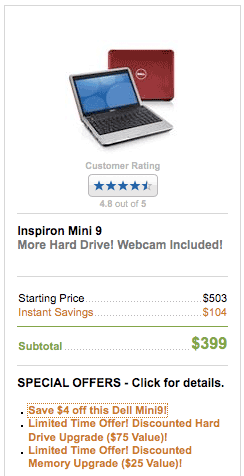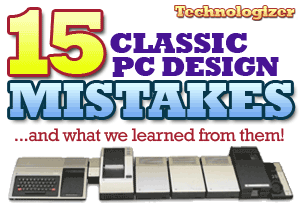 There’s no such thing as the perfect computer, and never has been. But in the personal computer’s long and varied history, some computers have been decidedly less perfect than others. Many early PCs shipped with major design flaws that either sunk platforms outright or considerably slowed down their adoption by the public. Decades later, we can still learn from these multi-million dollar mistakes. By no means is the following list exhaustive; one could probably write about the flaws of every PC ever released. But when considering past design mistakes, these examples spring to my mind.
There’s no such thing as the perfect computer, and never has been. But in the personal computer’s long and varied history, some computers have been decidedly less perfect than others. Many early PCs shipped with major design flaws that either sunk platforms outright or considerably slowed down their adoption by the public. Decades later, we can still learn from these multi-million dollar mistakes. By no means is the following list exhaustive; one could probably write about the flaws of every PC ever released. But when considering past design mistakes, these examples spring to my mind.
Special thanks to Steven Stengel of the Obsolete Technology Homepage for providing many of the photos in this article.
Apple III (1980)
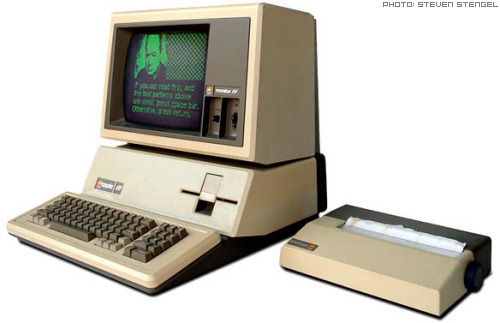
The Apple III was Apple’s first computer not devised by Steve Wozniak, Apple’s co-founder. Instead, a committee of engineers designed it to be the “perfect” business system. With an absurdly high price (options ranged between $4,340 to $7,800–about $11,231 to $20,185 in 2009 dollars) and numerous bugs at launch, the Apple III was doomed to failure.
Problem #1: No Power Supply Fan
The Apple III’s lack of power supply fan caused system to heat up, warping the motherboard and unseating certain socketed chips.
 What Were They Thinking?
What Were They Thinking?
According to Apple insiders, Steve Jobs’ zeal for a simple and silent computer design forced the Apple III team to exclude a cooling fan for the power supply. Apple later suggested a simple fix for the heat-warping problem: raise the Apple III a few inches off a hard surface and drop it, hopefully re-seating the chips in the process. Fortunately, that advice wasn’t required for later Apple computers that lacked fans.
Problem #2: Limited Apple II Compatibility
To run an Apple III in Apple II mode, one had to first boot from a special floppy disk. Once in Apple II emulator mode, the user could not use any of the Apple III’s enhanced hardware, including 80 column text mode or the real-time clock. Compatibility with Apple II software was not perfect, as many software packages used direct memory writes in the form of PEEKs and POKEs that didn’t line up with the Apple III’s memory structure.
What Were They Thinking?
Like IBM and the PC/PCjr, Apple wanted a clear product delineation between their “home” machine (the Apple II) and their “professional” machine (the Apple III). As a result, Apple II compatibility on the Apple III was intentionally crippled.
Continue Reading →

 The personal computer revolution is roughly thirty-five years old, which means that been through seven half-decades so far. To me, the most interesting one is the first half of the 1980s–when PCs were really getting going, and hadn’t yet become commodified through compatibility. Almost every new one was an experiment, whether it was wildly successful or a flop.
The personal computer revolution is roughly thirty-five years old, which means that been through seven half-decades so far. To me, the most interesting one is the first half of the 1980s–when PCs were really getting going, and hadn’t yet become commodified through compatibility. Almost every new one was an experiment, whether it was wildly successful or a flop. The first few years of PC history were its stone age–the era when any signs of life whatsoever were history-making. The period from 1985 to the present, as amazing as it’s been, has been one of consistency and compatibility. Which is why I think of 1980-1985 as the most interesting half-decade in PC history. Almost every new system (including some that debuted in 1979) was still an experiment–and even flops could be fascinating. Herewith a gallery of notable examples, illustrated with evocative drawings from
The first few years of PC history were its stone age–the era when any signs of life whatsoever were history-making. The period from 1985 to the present, as amazing as it’s been, has been one of consistency and compatibility. Which is why I think of 1980-1985 as the most interesting half-decade in PC history. Almost every new system (including some that debuted in 1979) was still an experiment–and even flops could be fascinating. Herewith a gallery of notable examples, illustrated with evocative drawings from Got a moment to get all nostalgic over old electronic equipment? Over on Twitter–where I’m
Got a moment to get all nostalgic over old electronic equipment? Over on Twitter–where I’m  Last week, I tried to conduct an
Last week, I tried to conduct an 
 [NOTE: Here’s a post that first appeared in our free T-Week newsletter, which you can
[NOTE: Here’s a post that first appeared in our free T-Week newsletter, which you can 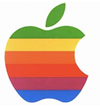 To quote Steve Jobs, boom! Apple just did a sweeping update of its desktop Macs that involves lower prices, beefier components (especially graphics), and other improvements. And it also upgraded its wireless networking gear. All in all, it confirmed a ton of rumors that swirled through the blogosphere in recent weeks.
To quote Steve Jobs, boom! Apple just did a sweeping update of its desktop Macs that involves lower prices, beefier components (especially graphics), and other improvements. And it also upgraded its wireless networking gear. All in all, it confirmed a ton of rumors that swirled through the blogosphere in recent weeks.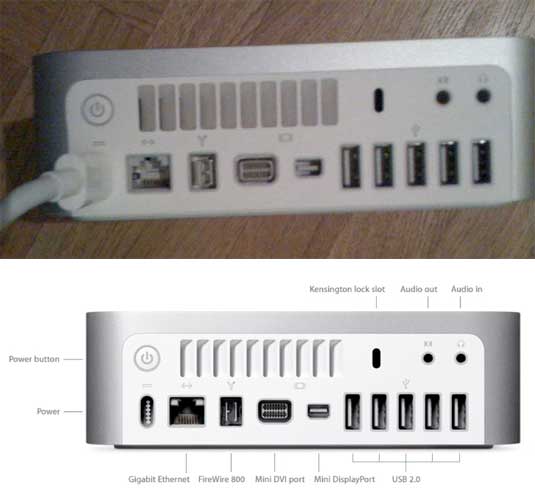
 I like to save money on a new PC as much as the next guy, but I’m not crazy at the strategy taken by many direct sellers these days–the one that involves there always being multiple sales and “instant rebates” and special offers and upgrade deals designed to get you to Buy Now! I’d much rather than pricing was less of a game and more of a straightforward transaction in which computer companies simply set reasonable everyday prices for their wares.
I like to save money on a new PC as much as the next guy, but I’m not crazy at the strategy taken by many direct sellers these days–the one that involves there always being multiple sales and “instant rebates” and special offers and upgrade deals designed to get you to Buy Now! I’d much rather than pricing was less of a game and more of a straightforward transaction in which computer companies simply set reasonable everyday prices for their wares.